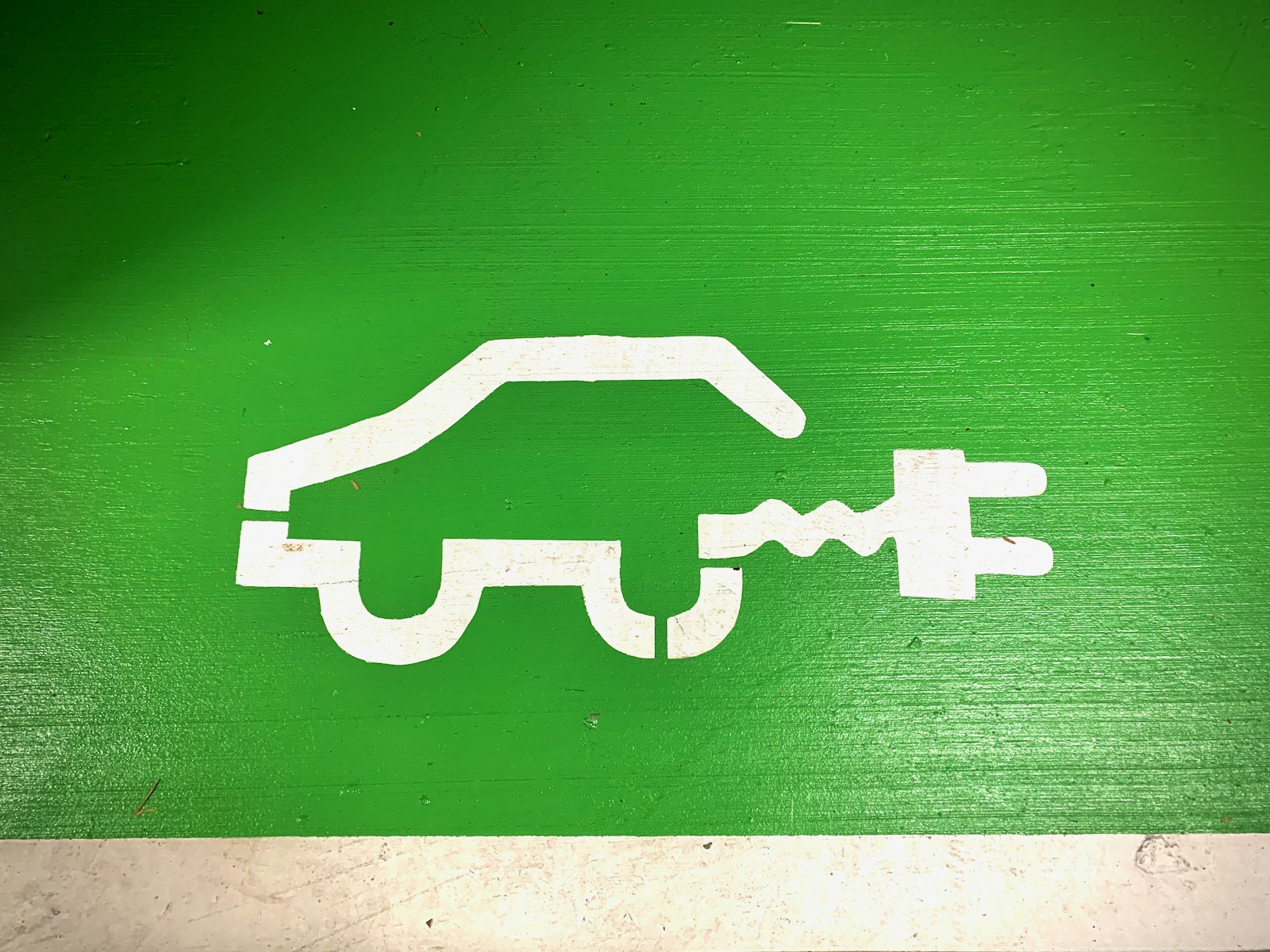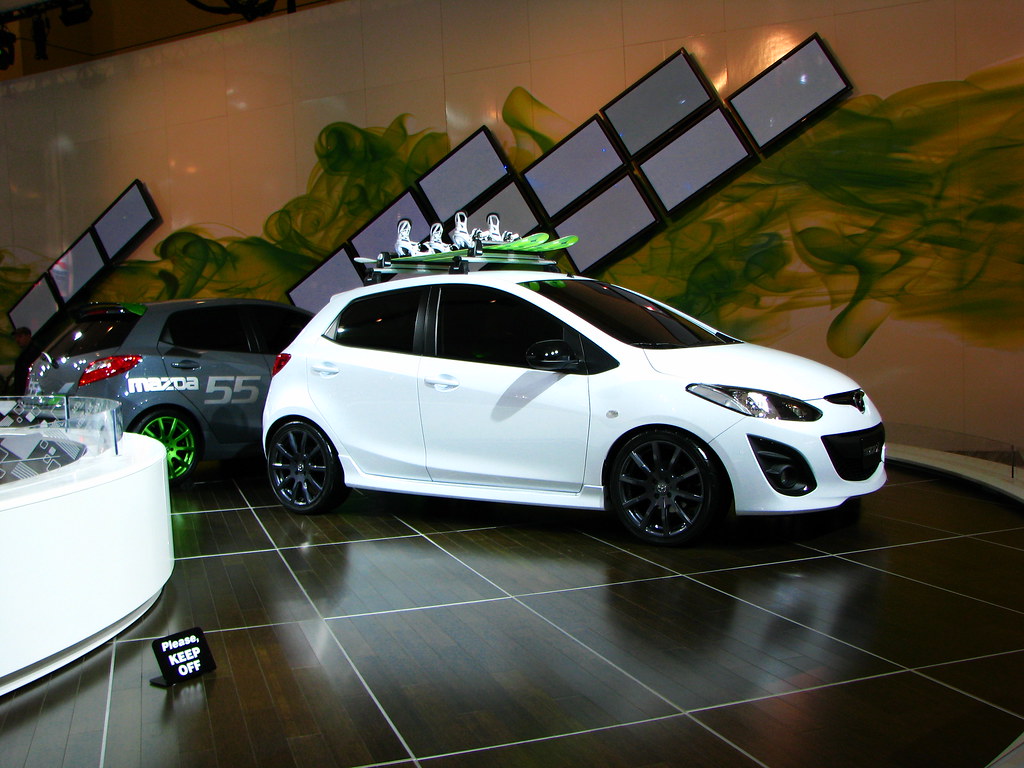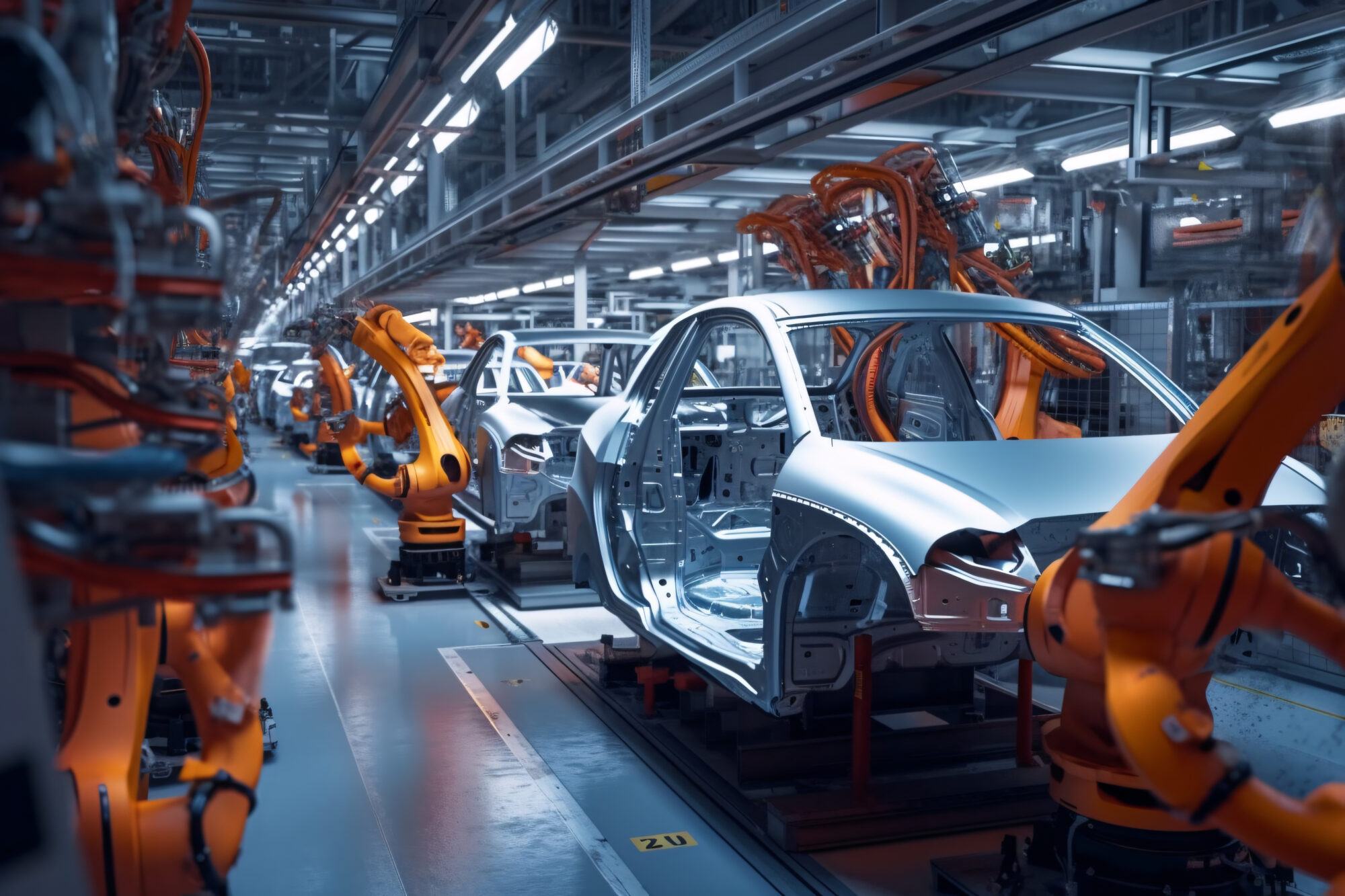
The automotive industry, once defined by horsepower and sheet metal, is undergoing a profound metamorphosis. What was traditionally a hardware-centric domain is rapidly transforming into a vibrant, software-driven ecosystem, where lines of code are becoming the ultimate differentiator. This paradigm shift, highlighted by the Capgemini Research Institute, reveals that nearly all automotive organizations anticipate a full transition to becoming “software companies” to support Software Defined Vehicles (SDVs) and software-driven mobility (SDM) services. Indeed, the very core value proposition is moving beyond the physical vehicle to software-defined products and services.
This monumental transformation is not merely an incremental upgrade; it’s a complete re-imagination of how vehicles are designed, operated, and experienced. With software initiatives already yielding an average of 14% efficiency improvements and projected to reach 24% by 2029, the digital revolution is clearly accelerating. Consumers now demand connected, digitally enhanced experiences, pushing manufacturers to adopt a “software first” approach across the entire value chain. The next decade promises an array of sophisticated applications and platforms that will not just augment, but fundamentally redefine our relationship with mobility.
As we peer into this exhilarating future, it becomes clear that certain software solutions are poised to dominate the automotive landscape. These aren’t just minor enhancements; they are the engines of innovation, the architects of efficiency, and the enablers of entirely new revenue streams. Let’s delve into the first seven of these groundbreaking applications that will steer the industry through its most dynamic decade yet, shaping everything from how a vehicle performs to how it interacts with its environment and its users.
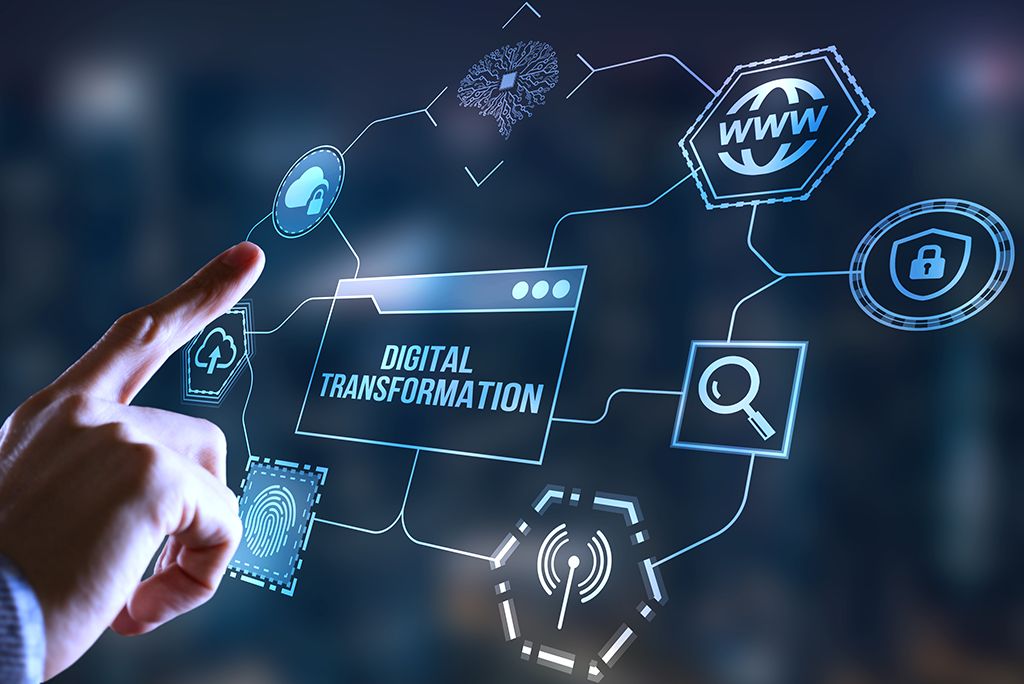
1. **Software-Defined Vehicles (SDVs) and Core Mobility Services**The concept of a Software-Defined Vehicle (SDV) stands at the vanguard of automotive innovation, fundamentally altering the relationship between hardware and software. This is a vision where software becomes the central nervous system and defining characteristic of the vehicle. It encompasses all in-vehicle software, digital user services for mobility, and the critical backend systems ensuring safety, cybersecurity, and compliance. According to the Capgemini Research Institute, “nearly all automotive organizations (92%) now anticipate that every automotive company will transition to a software company to support Software Defined Vehicles (SDVs) and software-driven mobility (SDM) services.” This underscores a universal acceptance of software as the future.
The strategic imperative behind SDVs is clear: to enable faster innovation, drive improved scalability, and unlock entirely new revenue streams previously unattainable. By creating a robust software platform that defines all products and services, OEMs can pivot from traditional vehicle sales to a more dynamic, service-oriented ecosystem. Over eight in ten automotive leaders believe that “software-defined products and services, not just the physical vehicle, will become their core value proposition.” This marks a profound shift in how value is perceived and delivered in the industry.
Realizing the full potential of SDVs is challenging. Less than half of automotive organizations had scaled their SDM initiatives in 2025, with only 14% achieving full-scale deployment. Decoupling hardware and software, crucial for agile innovation, has only seen progress in one in ten OEMs. This indicates that while the vision is compelling, execution requires a complete organizational overhaul. Organizations successfully navigating this transition will establish the foundation for the next generation of mobility, creating sophisticated, evolving digital platforms.
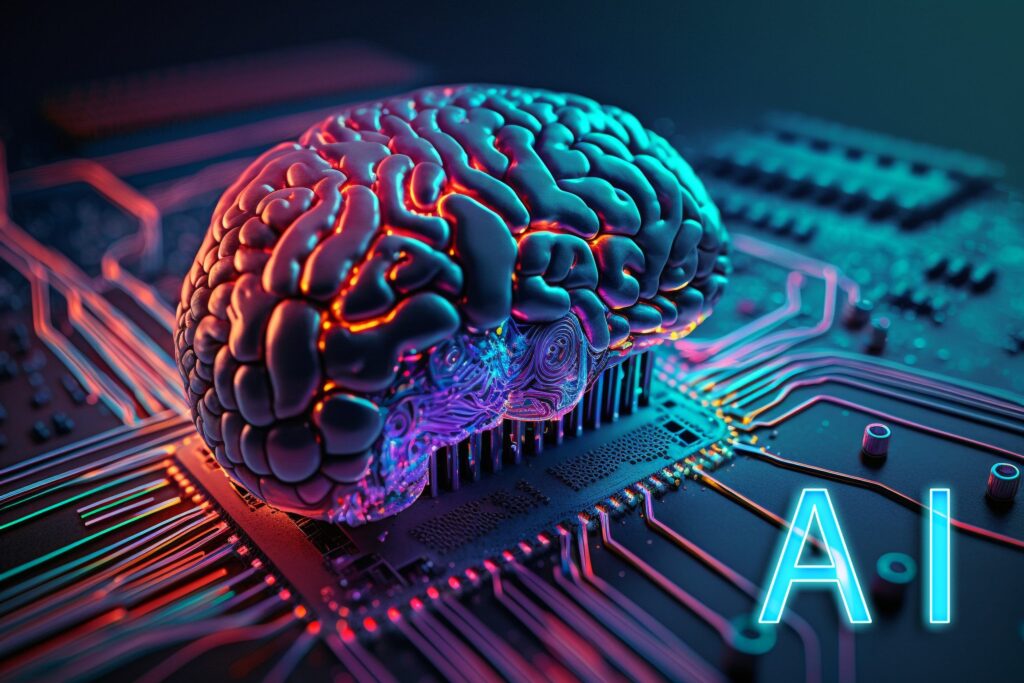
2. **Advanced In-Vehicle AI Experiences**Artificial Intelligence (AI) is rapidly transcending its role as a futuristic concept to become an embedded, indispensable component of automotive software, directly enhancing the in-vehicle experience. The vast majority of surveyed organizations, 85% to be precise, agree that “AI is increasingly becoming an integral part of automotive software, embedded directly into software features and functions.” This integration extends from intuitive user interfaces and personalized cabin environments to powering advanced safety features and fortifying cybersecurity defenses.
The integration of AI into software development and in-vehicle functions is widely seen as a critical competitive advantage, with 77% of organizations recognizing its power to reshape the automotive value chain. AI’s ability to learn, adapt, and optimize is unparalleled, allowing for the creation of responsive and predictive systems that anticipate user needs. This translates into smoother navigation, optimized climate control, proactive safety alerts, and a seamless connection between the vehicle and its occupants’ digital lives.
Furthermore, AI’s impact extends beyond convenience to critical safety and security applications. AI integration for Advanced Driver Assistance Systems (ADAS) and autonomous driving capabilities is viewed as “extremely significant” in organizations’ software-driven strategies. By leveraging AI, vehicles can better perceive their surroundings, process complex data in real-time, and make informed decisions. This deep embedding of AI ensures every interaction within the vehicle is intelligently orchestrated for optimal performance, safety, and user satisfaction, charting a course for a truly intelligent mobile environment.
Read more about: The Digital Divide in EVs: 9 Models Unpacked – Which Cars Master Over-the-Air Updates and Which Lag Behind?

3. **AI-Driven Predictive Maintenance Platforms**The traditional model of reactive vehicle maintenance is rapidly being superseded by the proactive intelligence of AI-driven predictive maintenance platforms. These sophisticated software solutions leverage AI and machine learning to analyze real-time data streaming from vehicle sensors, identifying potential issues before they escalate. This shift from fixing things after they fail to anticipating and preventing failures is a game-changer for vehicle owners and fleet managers. The context highlights that “AI helps you anticipate and fix potential issues before they become costly problems.”
Predictive maintenance optimizes vehicle performance and extends asset life. By continuously monitoring critical components like engines, transmissions, and battery systems, these platforms can detect subtle anomalies signaling impending wear or malfunction. This data-driven approach allows for scheduled maintenance precisely when needed, reducing downtime and cutting operational costs. For the end-user, this means a more reliable vehicle and fewer unexpected service visits, enhancing peace of mind.
Looking ahead, the evolution of AI and machine learning in the automotive SaaS landscape will achieve even greater sophistication. As vehicle systems grow more complex, the AI market in the automotive sector expands to match, ensuring these predictive capabilities are continually refined. This ongoing innovation will lead to more accurate diagnostics, personalized maintenance recommendations, and seamless integration with supply chains, transforming vehicle upkeep into a highly intelligent, automated process.
Read more about: The 8 Most High-Tech Luxury Cars in the Market Right Now: What Tech Blogs and Feature Lists Reveal for Gadget Enthusiasts.

4. **Connected Vehicle Data Analytics Apps**The proliferation of connected vehicle technologies is creating a vast, untapped reservoir of data that, when analyzed, generates significant revenue opportunities. Connected vehicle data analytics apps are emerging as powerful tools, transforming raw data into actionable insights for OEMs, service providers, and city planners. The context clearly states that “Connected vehicle technologies will generate significant revenue through advanced data analytics and customer insights,” positioning these applications as central to future profitability.
These sophisticated platforms collect and process data on driving patterns, vehicle performance, user behavior, and environmental conditions. By applying advanced analytical models, they identify trends, forecast demands, and personalize services. For automotive manufacturers, this means a deeper understanding of vehicle usage, enabling more targeted product development. For mobility service providers, it translates into optimized fleet management, dynamic pricing, and improved customer service, all driven by real-time intelligence.
Beyond commercial gains, connected vehicle data analytics apps contribute to broader societal benefits. Insights from aggregated, anonymized data can inform smart city initiatives, optimize traffic flow, and reduce congestion. This ability to transform vehicle telemetry into valuable intelligence for multiple stakeholders underscores their profound impact. As the automotive technologies market is projected to reach over $1.6 trillion by 2034, connected vehicle data analytics will undoubtedly be a primary driver of this immense growth.
Read more about: A Comprehensive Review of Facebook: Tracing Its Evolution, Features, Controversies, and Enduring Global Impact
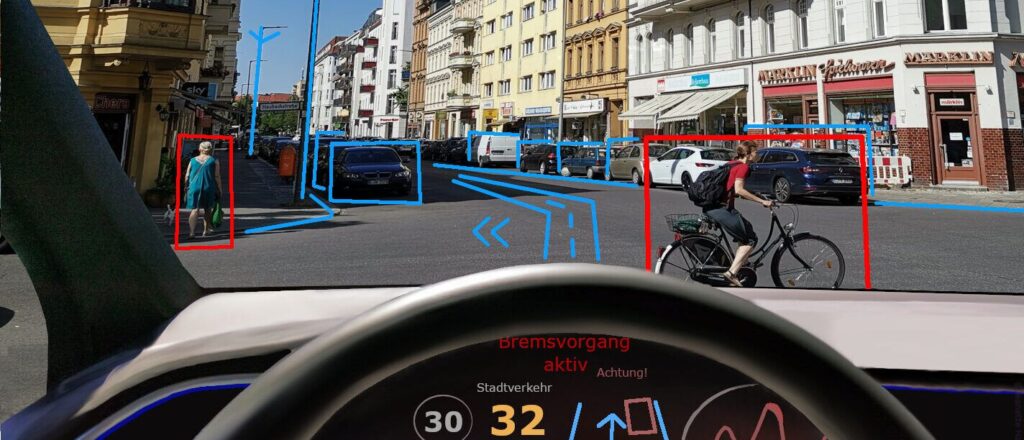
5. **Autonomous Driving Systems (Levels 3 & 4)**The journey towards fully autonomous vehicles (AVs) represents one of the most transformative shifts in mobility, with advanced software systems underpinning this revolution. While Level 5 autonomy is still a distant goal, the market is poised for significant advancements in Levels 3 and 4 autonomy. These systems, enabling conditional and high automation, are complex “apps” that integrate multiple technologies to perceive, plan, and act. The market for autonomous vehicles is expected to “unlock a staggering $10 trillion opportunity by 2035,” making these software systems incredibly valuable.
The development of Levels 3 and 4 autonomous driving systems relies heavily on sophisticated software algorithms. These process vast amounts of sensor data—from cameras, lidar, radar, and ultrasonic sensors—to create a real-time, 360-degree understanding of the vehicle’s environment. This perception layer feeds into prediction algorithms anticipating other road users’ behavior, followed by planning modules determining the safest trajectory. These intricate software stacks are continuously refined through machine learning, learning from millions of miles of driving data.
Despite technological hurdles, consumer acceptance and regulatory frameworks are evolving. By 2030, it is anticipated that “up to 15 percent of new cars sold in 2030 could be fully autonomous,” encompassing Levels 3 and 4 capabilities. The value for consumers is immense: the ability to work, relax, or engage in entertainment while commuting. As technological and regulatory issues resolve, these sophisticated autonomous driving systems will become integral components of our daily mobility, transforming personal travel and logistics.

6. **Electrification Management Software**The electrification of the automotive industry is undeniably one of the defining trends of the next decade, with advanced electrification management software at its heart. As electric vehicles (EVs) are projected to overtake internal combustion engine (ICE) vehicles by 2036, the demand for software solutions enhancing battery performance, optimizing energy efficiency, and managing power electronics is skyrocketing. This critical software orchestrates every aspect of an EV’s power delivery, ensuring range, longevity, and safety. The automotive software market, driven by these needs, is “on track to grow from $31 billion in 2019 to a staggering $80 billion by 2030.”
These specialized applications are complex control systems. Battery Management Systems (BMS) software precisely manages cell voltage, temperature, and charging cycles, crucial for maximizing battery life and preventing thermal runaway. Energy management algorithms dynamically allocate power between the battery, motor, and auxiliary systems to optimize range and performance. Power electronics control software ensures efficient conversion and distribution of electrical energy throughout the vehicle, from charging to propulsion.
The impact of this software extends beyond individual vehicle performance to shaping entire supply chains and market dynamics. The market for electric vehicle components, including crucial software for battery management and power electronics, was valued at over $100 million in 2023, signifying its growing importance. As an EV owner, you directly benefit from continuous optimization through this software, ensuring your vehicle operates at peak efficiency. This crucial layer of software intelligence is pivotal in making electrification viable, competitive, and ultimately, the dominant force in future transportation.
Read more about: I’m a Designer: These 9 Luxury Sedans Are the Most Stunning Lookers of 2025
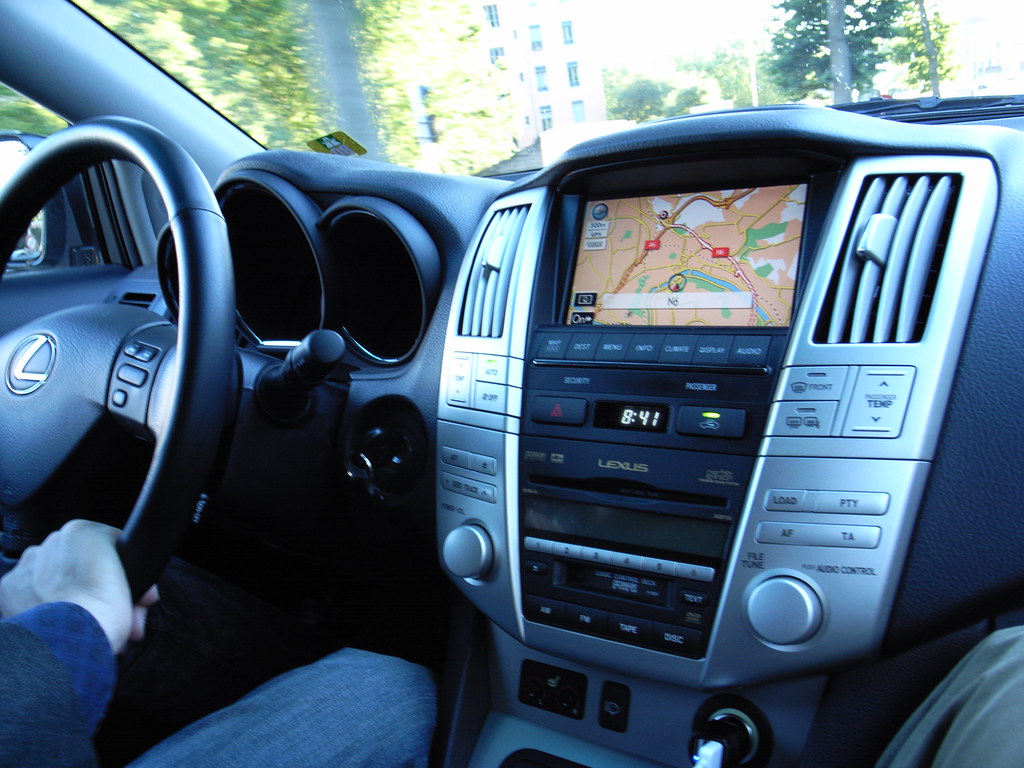
7. **Over-the-Air (OTA) Update Platforms**In an era defined by continuous evolution, Over-the-Air (OTA) update platforms are becoming an indispensable “app” for modern vehicles, fundamentally changing how cars improve and adapt over their lifespan. A vehicle’s functionality is no longer static; it can be continuously enhanced, updated, and even debugged remotely, much like a smartphone. These platforms are explicitly highlighted as playing “a key role in enhancing vehicle functionality and user experience,” signifying their importance in the software-defined mobility era.
OTA update software enables manufacturers to deliver real-time enhancements, implement critical security patches, introduce new features, and perform proactive maintenance without a physical visit to a service center. This capability dramatically reduces recall costs, improves customer convenience, and ensures vehicles remain relevant and performant. From boosting battery efficiency to refining autonomous driving algorithms or adding new infotainment options, OTA updates provide unparalleled flexibility and responsiveness, reflecting the increasing speed of innovation.
The strategic value of OTA platforms extends beyond convenience; they are integral to the business model of software-defined vehicles. As shared mobility solutions with shorter life cycles become more common, and as consumers become “constantly aware of technological advances,” demand for upgradability in privately used cars will increase. OTA updates directly address this need, allowing vehicles to stay current with technological advances and consumer preferences. This continuous optimization ensures a dynamic and evolving user experience, cementing OTA update platforms as a cornerstone of the next decade’s automotive software landscape.
Read more about: Global Ford Recall Alert: Essential Guide to Rearview Camera Failures Impacting Millions of Mustang, F-150, and Super Duty Models
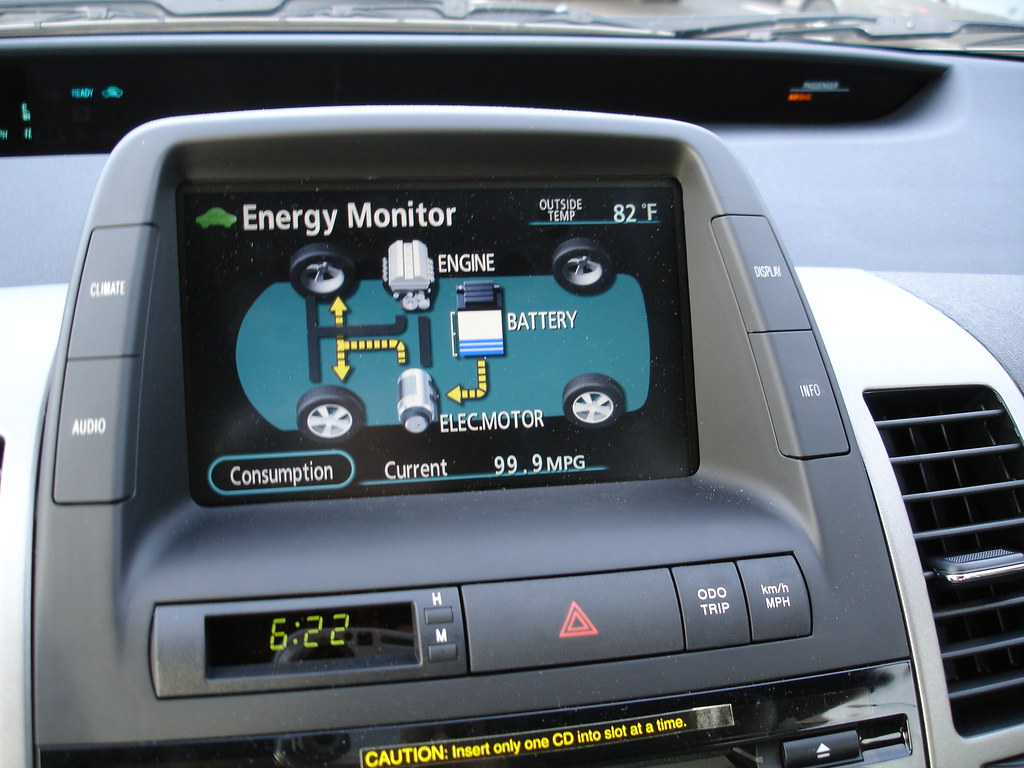
8. **Shared Mobility Services**The landscape of personal transportation is undergoing a profound reconfiguration, with shared mobility services emerging as a pivotal force for the next decade. This isn’t merely a niche offering; it represents a fundamental shift in how consumers interact with vehicles. The emergence of on-demand mobility solutions, especially within dense urban environments, actively complements and, in some cases, redefines traditional car ownership models. We are witnessing a clear transition where the automotive revenue pool is projected to significantly increase and diversify towards these on-demand and data-driven services, adding an estimated $1.5 trillion to the industry by 2030, representing a 30 percent expansion.
This evolving consumer preference is evident in tangible growth metrics. Car-sharing memberships in regions like North America and Germany have experienced over 30 percent annual growth in recent years, signaling a strong embrace of flexible transportation. While a shift towards shared mobility might seem to threaten private vehicle sales, the reality is more nuanced. Shared vehicles, due to their higher utilization and consequent wear and tear, require more frequent replacement, creating a new and consistent demand pipeline for manufacturers. This dynamic ensures sustained vehicle unit sales, albeit with a changed underlying driver.
The trajectory for shared mobility indicates a future where it is deeply ingrained in daily life. Projections suggest that up to one in ten new cars sold by 2030 could be dedicated shared vehicles, a figure that could escalate to one in three new cars by as soon as 2050. This monumental shift transforms the car from a personal asset into a readily accessible service, driven by convenience, cost-effectiveness, and environmental considerations. The software applications underpinning these services—from booking platforms and payment processing to fleet management and dynamic pricing—will be instrumental in orchestrating this complex dance of demand and supply.
These platforms do more than just facilitate rides; they collect invaluable data on usage patterns, demand fluctuations, and operational efficiencies. The insights gleaned from this data are crucial for optimizing service delivery, enhancing user experience, and informing strategic decisions for future mobility solutions. As cities become smarter and urban populations denser, software for shared mobility will not only dominate but also dictate the flow of people and goods, making our commutes more efficient and our urban spaces more livable.
Read more about: Navigating Your Future: A Comprehensive Guide to VA Housing Assistance Programs for Veterans

9. **Fit-for-Purpose Vehicle Solutions**The traditional paradigm of the “all-purpose” family car is giving way to an era of specialized, fit-for-purpose vehicle solutions, driven by evolving consumer behaviors and technological capabilities. Today, individuals often rely on a single vehicle for diverse needs, from solo commuting to family excursions. However, the future promises a more agile approach, where consumers will desire the flexibility to select the optimal vehicle for each specific journey, accessible on demand via their smartphones. This fundamental shift in preference is catalyzing the creation of entirely new segments of specialized vehicles, meticulously designed to meet very precise requirements.
Imagine a scenario where your ride-hailing service dispatches a vehicle specifically engineered for high utilization, exceptional robustness, extended mileage capabilities, and unparalleled passenger comfort. This is not a distant fantasy; such a market for e-hailing-specific cars, optimized for constant use and passenger-centric design, would already account for millions of units today, and this is just the beginning of what’s possible. These specialized vehicles move beyond a ‘one-size-fits-all’ approach, instead focusing on tailored functionalities that maximize efficiency and user experience for distinct use cases.
The software driving these fit-for-purpose solutions will be incredibly sophisticated. It will manage vehicle configurations, track specialized maintenance schedules, optimize routing for specific services (e.g., cargo delivery vs. passenger transport), and ensure seamless integration with the broader mobility ecosystem. For instance, a vehicle designed for last-mile delivery might have optimized cargo space and automated loading/unloading features, all orchestrated by its central software stack, while a luxury shared ride might prioritize advanced infotainment and climate control.
This innovation extends to the very design and manufacturing process, where software simulation and advanced analytics will play a crucial role in developing these specialized platforms. The ability to rapidly design, test, and deploy vehicles tailored for specific tasks—whether it’s autonomous shuttles for urban cores, specialized delivery vans, or highly comfortable long-distance shared vehicles—will be a defining competitive advantage. This hyper-specialization, powered by intelligent software, promises to unlock new efficiencies and redefine the economics of vehicle ownership and usage.
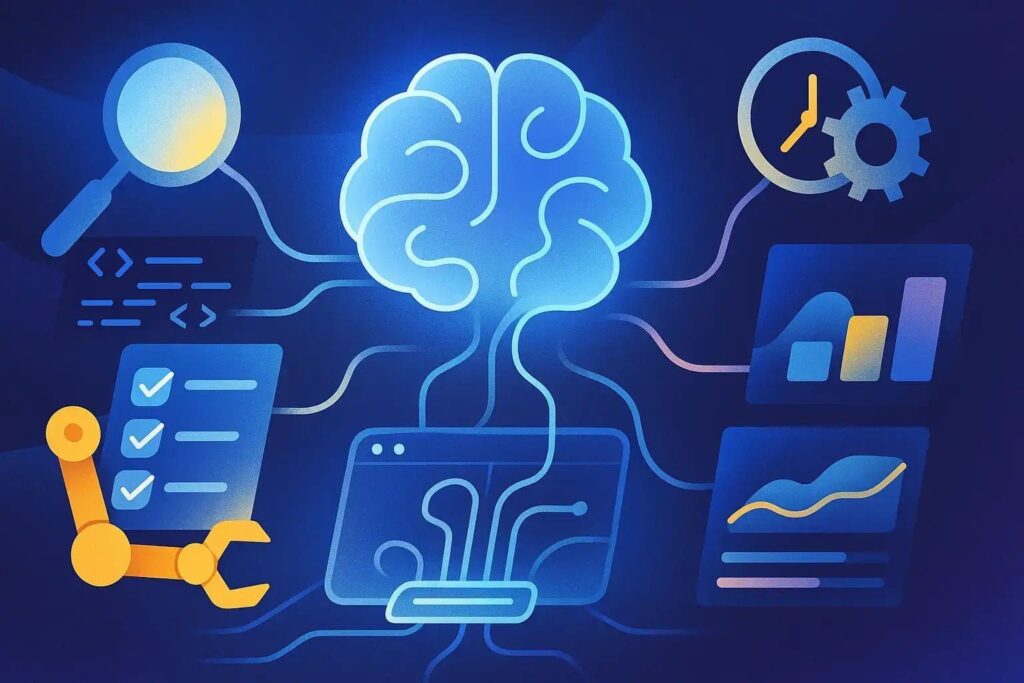
10. **Unified Software Platforms**In the rapidly evolving software-defined mobility era, the concept of a unified software platform is not just an aspiration but an existential necessity for automotive organizations. Over eight in ten executives, specifically 83%, recognize that establishing such a platform is a key component of their overall software-driven strategy. This isn’t about piecing together disparate systems; it’s about architecting a cohesive digital foundation that can seamlessly manage and integrate every customer-related function, vehicle control, and service. It is, in essence, the central nervous system for the modern vehicle and its entire associated ecosystem.
This single, overarching software platform is designed to run all customer-related functions, controls, and services. It serves as the bedrock upon which Software-Defined Vehicles (SDVs) are built, encompassing all in-vehicle software, digital user services for mobility, and the critical backend systems that ensure safety, cybersecurity, and regulatory compliance. By consolidating these diverse functionalities onto a common architecture, OEMs can achieve unprecedented levels of integration, efficiency, and scalability, moving away from fragmented, siloed development efforts that often hinder innovation.
The strategic value of a unified platform lies in its ability to streamline ‘software delivery.’ This involves an integrated and industrialized framework of processes, methods, and tools for designing, building, operating, and maintaining software, with a paramount focus on testing, quality, and performance. Such a framework allows for agile development, continuous integration, and rapid deployment of updates and new features across an entire fleet, significantly accelerating the pace of innovation and reducing time-to-market for new services. It’s about building once and deploying everywhere, with consistent quality.
Furthermore, this unified approach is instrumental in an automotive company’s transformation into a true ‘software company.’ It mandates a recalibration of business strategy, execution of change management, and a significant investment in culture and talent development. Organizations that successfully implement a unified software platform will not only enhance their product offerings but also reshape their internal operations, fostering a more agile, data-driven, and customer-centric approach to mobility. This strategic shift is vital for retaining control over brand-defining technologies and unlocking new revenue streams from software-defined products and services.
Read more about: The Must-Have AI Tools for Small Business Owners in 2025: Your Blueprint for Unprecedented Growth
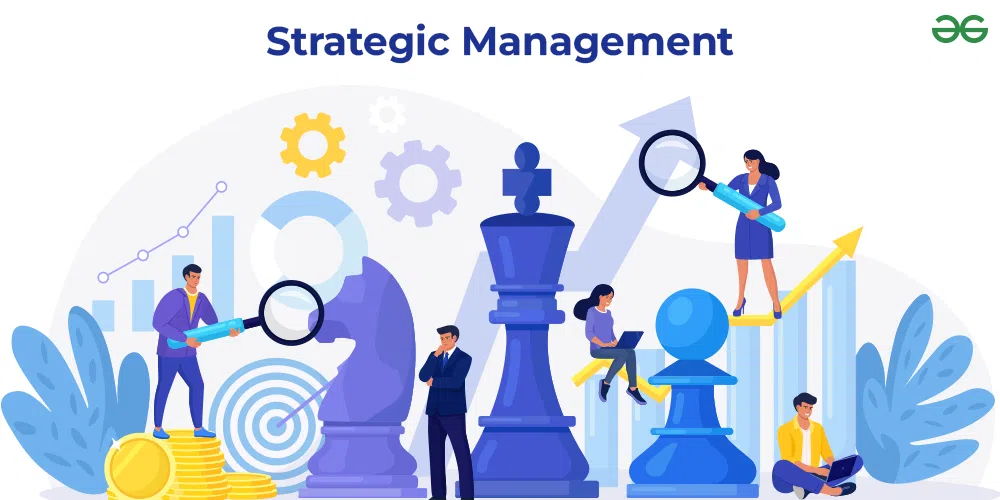
11. **Strategic Partnership Enablement**The automotive industry’s dramatic pivot towards software-driven mobility (SDM) is fundamentally altering competitive dynamics, necessitating an unprecedented embrace of strategic partnerships and ecosystem collaboration. For decades, the industry largely operated as a competition among peers, but the complexity and speed of technological advancement now demand a more interconnected approach. Nearly two in five automotive organizations are actively partnering with big tech companies and hyperscalers to secure critical software, cloud infrastructure, and data capabilities, recognizing that no single entity can master every facet of this transformation.
This collaborative spirit extends beyond traditional supplier relationships. While joint ventures have been less common historically, a significant third of organizations plan to establish them within the next three years, signaling a deeper commitment to shared development and risk. The drive for resilience and innovation is also prompting 84% of organizations to explore new supplier markets, diversifying their sources for specialized components and expertise. Concurrently, nearly 70% are doubling down on in-house development for brand-defining technologies, balancing external collaboration with a desire to maintain core competencies.
Leveraging partnerships is highlighted as a crucial strategic imperative for incumbent players. The industry is moving towards open, scalable ecosystems where manufacturers, suppliers, and service providers must form alliances, for instance, to build out the essential infrastructure for autonomous and electrified vehicles. This integrated approach allows for the pooling of resources, shared learning, and accelerated development of complex solutions that would be prohibitively expensive or time-consuming for a single company to undertake alone. It’s about creating collective intelligence to tackle grand challenges.
The benefits of such partnerships are multifaceted. They facilitate access to cutting-edge technologies, reduce development costs, and speed up market entry for new services. Crucially, they also help in navigating the intricate regulatory landscapes and consumer acceptance hurdles associated with emerging technologies like autonomous driving. The future success of software-defined mobility hinges not just on technological prowess but also on the ability to strategically align with diverse partners, weaving a robust network that propels the entire ecosystem forward. This shift from competition to co-opetition will define market leadership in the coming decade.
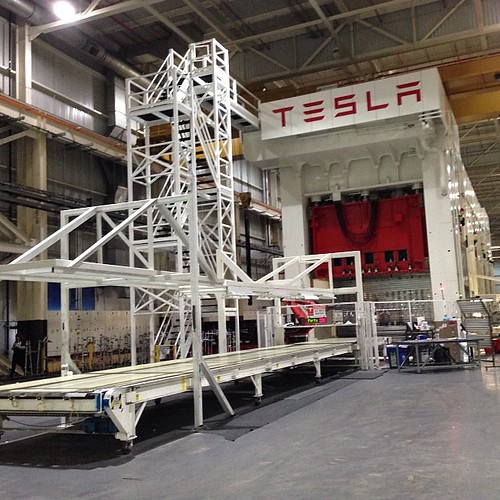
12. **Next-Gen Supply Chain Optimization**The burgeoning era of software-defined vehicles and electrification is exerting immense pressure on traditional automotive supply chains, necessitating a wholesale transformation towards next-generation optimization. As the industry grapples with geopolitical resilience and the rapid integration of advanced technologies, restructuring these complex networks has become a top priority. Automotive organizations are proactively exploring new sourcing markets, with India, Southeast Asia, and Eastern Europe emerging as critical regions for building diversified and robust supply chains, minimizing vulnerabilities and ensuring a steady flow of essential components.
This strategic pivot is particularly evident in the electrification domain. The market for electric vehicle components, including the intricate software for battery management systems and power electronics, was already valued at over $100 million in 2023. This substantial and growing valuation underscores how electrification is fundamentally reshaping supply chains, demanding new materials, specialized manufacturing processes, and software-integrated components. Optimizing these new flows requires a sophisticated suite of applications that can track, manage, and predict demands across a globally distributed network.
Smarter supply chains will not only manage the physical movement of goods but also the digital flow of information. Software will be at the core of this transformation, enabling real-time visibility into inventory, logistics, and potential disruptions. AI-driven analytics will predict demand fluctuations, optimize shipping routes, and identify potential bottlenecks before they impact production. This proactive, data-centric approach moves beyond traditional inventory management to create a highly responsive and adaptive supply ecosystem capable of supporting rapid innovation cycles.
The drive for efficiency and resilience is pushing nearly 84% of automotive organizations to explore these new supplier markets. This proactive diversification, combined with sophisticated software platforms for supply chain management, will be instrumental in navigating the inherent complexities of a globalized, technologically advanced automotive sector. The ability to dynamically adapt to shifting market conditions, geopolitical pressures, and rapid technological advancements will be a defining competitive advantage, ensuring that the supply chain itself becomes a source of innovation rather than a constraint.
Read more about: Beyond the Spectacle: What China’s Military Parade Reveals for Asia and a Reordering World

13. **AI-Driven Customer Personalization**In the intensely competitive future of mobility, AI-driven customer personalization will emerge as a definitive differentiator, fundamentally reshaping how automotive services are delivered and experienced. The increasing integration of AI into automotive software is not merely about vehicle functionality; it extends directly to crafting bespoke experiences that anticipate and cater to individual preferences. This personalization moves beyond simple settings to create deeply intuitive and adaptive interactions, fostering unparalleled customer engagement and satisfaction.
AI’s role in understanding consumer behavior and market demands is pivotal. Machine learning algorithms analyze vast datasets, including driving patterns, infotainment choices, service history, and communication preferences, to build comprehensive customer profiles. This deep insight allows automotive companies to tailor their offerings, from personalized in-vehicle recommendations for routes or media, to proactive service reminders and customized upgrade opportunities. The goal is to make every interaction with the vehicle and its associated services feel uniquely designed for the individual user.
The growth of AI-driven personalization is already redefining customer interactions, promising a future where vehicles proactively learn and adapt to their occupants. This could manifest as adaptive climate control based on past preferences, personalized navigation suggestions that factor in traffic and personal errands, or even dynamic vehicle performance adjustments tailored to individual driving styles. The embedded AI in automotive software is increasingly integral to these features, enriching in-vehicle experiences and strengthening the bond between user and brand.
Connected vehicle technologies, amplified by AI, are unlocking substantial revenue opportunities through these advanced personalization capabilities. By moving beyond generic offerings to highly specific and predictive services, manufacturers can cultivate deeper customer loyalty and open new avenues for subscription-based features and value-added services. As the automotive technologies market surges to over $1.6 trillion by 2034, driven significantly by AI and machine learning, this era of hyper-personalized mobility will be a cornerstone of industry growth, setting new benchmarks for customer-centric innovation.
Read more about: The Shifting Tides of Automotive Commerce: Unpacking Why More Shoppers Are Opting for Secondhand Vehicles in 2025
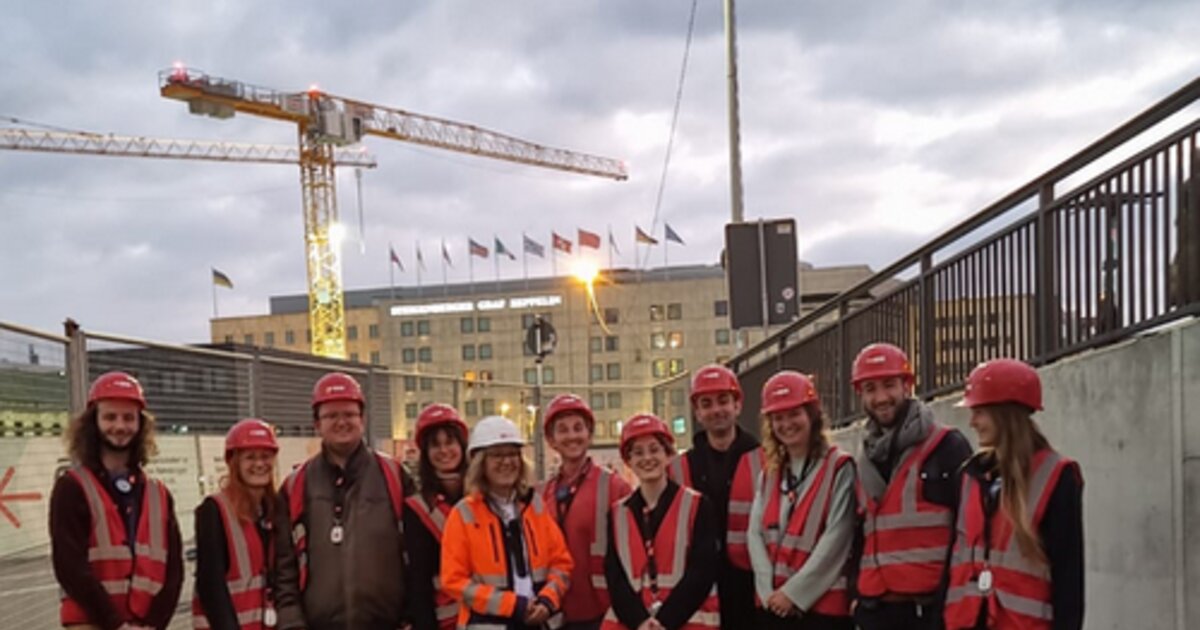
14. **Sustainable Mobility Management**The imperative for sustainable practices is no longer an ancillary consideration but a central pillar guiding the automotive industry’s future, making sustainable mobility management software a dominant force in the coming decade. As environmental regulations tighten globally and consumer awareness of climate impact grows, the demand for vehicles and services that minimize ecological footprints is escalating. This trend necessitates sophisticated software solutions that optimize everything from vehicle energy consumption to resource utilization across the entire mobility ecosystem.
Central to this is the electrification movement, which is rapidly gaining momentum. With electric vehicles projected to surpass internal combustion engine vehicles by 2036, the software governing battery management, energy efficiency, and charging infrastructure becomes paramount. These applications not only ensure optimal vehicle performance but also contribute to the broader goal of reducing emissions. Furthermore, the push for sustainable practices extends to vehicle manufacturing, promoting the use of recyclable materials and the integration of renewable energy production processes within the supply chain.
Sustainable mobility management software will also play a crucial role in enabling smart city initiatives and optimizing public transportation. Algorithms designed for dynamic routing, traffic flow optimization, and demand-responsive transit can significantly reduce congestion and the associated emissions. Moreover, these platforms will integrate with wider energy grids, facilitating Vehicle-to-Grid (V2G) capabilities and intelligent charging solutions that prioritize renewable energy sources and off-peak charging times, transforming vehicles into active participants in a sustainable energy future.
Regulatory enhancements and evolving safety standards will be pivotal in driving the adoption of these innovative sustainable technologies. As cities and nations implement stricter emission regulations, offer consumer incentives like tax breaks and discounted electricity pricing, and enhance charging infrastructure, the demand for advanced sustainable mobility solutions will only grow. This comprehensive approach, powered by intelligent software, is not just about compliance; it’s about building a cleaner, more efficient, and resilient transportation system for generations to come, truly leading the charge towards a greener horizon.
Read more about: Unlock Your Best Self: Essential Health and Fitness Pillars for Your 40s
As we navigate this exhilarating transformation, the applications detailed here represent far more than incremental upgrades; they are the architects of a future where mobility is intelligent, interconnected, and profoundly integrated into our daily lives. From the foundational shift to software-defined vehicles to the intricate dance of AI-driven personalization and sustainable practices, these 14 apps are charting a course for an automotive landscape unlike any we have known. They promise not just efficiency and convenience, but an entirely reimagined relationship with how we move, work, and live within our evolving digital world. The road ahead is undeniably software-driven, and the journey promises to be extraordinary.


